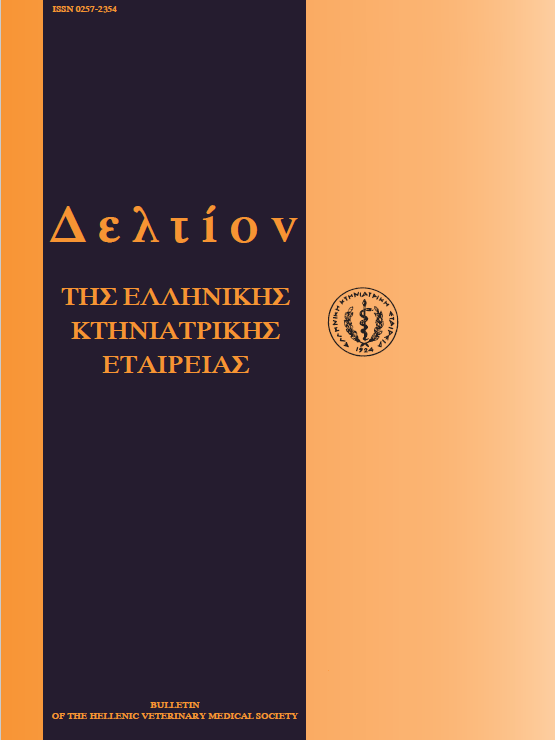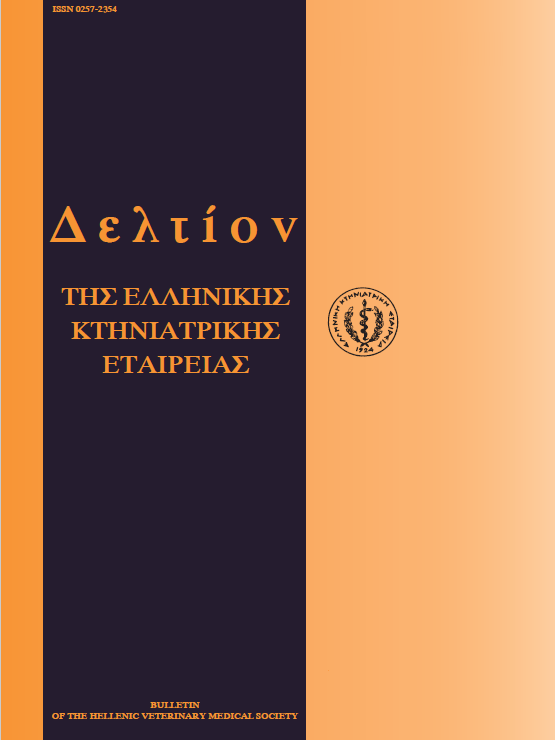Y2k... 2000 and dioxins. a part of our natural ecosystem
Abstract
The new millennium, Y2k as it is internationally symbolized, has come closer, and as doomsayers use to say "Plan for the worst in order to hope for the best". Starting up from the scandal of the identification of high concentrations of dioxin residues in foods of animal origin, it is imperative to refer to this group of chemical pollutants which they have been, they are and they will be the focus of the interest for many years to come. Polychlorinated dibenzo-para-dioxins [PCDDs] and polychlorinated dibenzofuranes [PCDFs] are by-products of industrial processes for the production of organochlorine pesticides [OCPs], polychlorinated biphenyls [PCBs], wood conservation industries, chlorine bleaching of pulp and paper industries, but also the result of municipal solid waste management [MSW] with special attention to recycling processes whose environmental emission are extremely high. From the other hand, we should have to realize that dioxins have been a natural contaminant of our environment for more than 60 million years. Taking into consideration the Tolerable Daily Intake [TDI], which has been set to 1 pg-4pg I-TEQ/kg.b.w. [quantity which includes together dioxins, furans and polychlorinated biphenyls], based on their mode of action and toxicity, it is obvious that the measures which the competent authorities of every country have to put in place for the control of raw materials and food of animal origin, should have to be strict, systematic, permanent and reliable so that they safeguard consumer's health as better as they can.
Article Details
- Come citare
-
TYRPENOU, A. E. (2018). Y2k. 2000 and dioxins. a part of our natural ecosystem. Journal of the Hellenic Veterinary Medical Society, 51(3), 169–181. https://doi.org/10.12681/jhvms.15672
- Fascicolo
- V. 51 N. 3 (2000)
- Sezione
- Review Articles

Questo lavoro è fornito con la licenza Creative Commons Attribuzione - Non commerciale 4.0 Internazionale.
Authors who publish with this journal agree to the following terms:
· Authors retain copyright and grant the journal right of first publication with the work simultaneously licensed under a Creative Commons Attribution Non-Commercial License that allows others to share the work with an acknowledgement of the work's authorship and initial publication in this journal.
· Authors are able to enter into separate, additional contractual arrangements for the non-exclusive distribution of the journal's published version of the work (e.g. post it to an institutional repository or publish it in a book), with an acknowledgement of its initial publication in this journal.
· Authors are permitted and encouraged to post their work online (preferably in institutional repositories or on their website) prior to and during the submission process, as it can lead to productive exchanges, as well as earlier and greater citation of published work.




